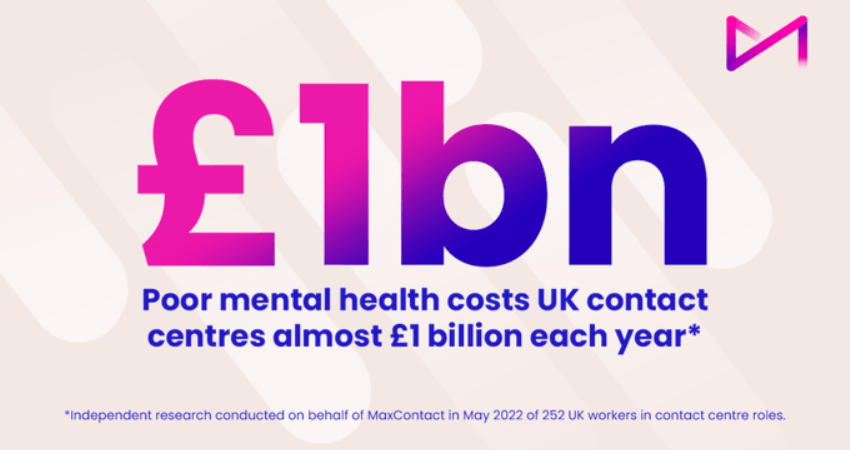A year to build on: why 2021 was the catalyst for change in contact centres
Marco Ndrecaj, Government Director of Contact Centre Services at SSCL
When the COVID-19 crisis broke, contact centres were among the earliest and hardest hit services. Calls, emails, webchats, SMS, social media messages came pouring in as communities around the world struggled for information and sought help with everything from financial and medical advice, rearranging travel plans, to filing for unemployment benefits and obtaining emergency loans.
Contact centres found themselves crippled by COVID-related challenges. As the pandemic spread, they experienced increased shrinkage and attrition, increased call volumes, recruitment challenges, and the sudden need to deploy work from home operations. The industry faced unprecedented challenges with no blueprints available for how to best respond.
This triggered widespread service failures, including endless busy signals and days-long hold times. Today – approaching two years into the pandemic – contact volumes and wait times remain high in many sectors.
The need for rapid rectification is encapsulated in this Albert Einstein quote – “You can’t solve a problem on the same level that it was created. You have to rise above it to the next level.” For progressive organisations, ‘rise above’ sparked an extraordinary wave of transformational acceleration, creating innovative solutions that during ‘normal’ times would have taken years to implement.
Now, as centre leaders seek to implement transformational goals for 2022, there is much to reflect on from the last few years. Although the dust is settling, we must continue focusing on the future, and review our operations and transform accordingly to avoid similar disruptions when the next crisis inevitably hits.
Procrastination will kill innovation
This is a prime opportunity for organisations to take their contact centre capabilities to a higher level. The pandemic powerfully verified that typical business continuity plans (BCP) for contact centres are fundamentally flawed, and that standard operating models aren’t flexible enough to cope with highly unpredictable events. Organisations that simply tweak what they were doing before COVID will be missing out on the chance to shift to more adaptable and resilient ways of working.
We need to exploit technology and process innovations – only by doing this can contact centres ensure they never get caught by surprise again. Crucially though, contact centres must use this as an opportunity to instil innovations that enhance their ability to serve customers more efficiently and effectively during normal times – whatever ‘normal’ means in the future.
Plans for gradual innovation towards the somewhat overused goal of creating the ‘Next Generation of Contact Centres’ or ‘Contact Centres of the Future’ no longer apply. Today, procrastination will be the death of essential innovation.
Instead of procrastinating, organisations must turn to AI-powered, cloud-based contact centre solutions to become the new hub of customer intelligence, as well as a catalyst for more personalised, in-the-moment, and profitable customer experiences.
In 2022, understanding when human agents should take the lead and when Artificial Intelligence (AI) can supplement excellent service, will make all the difference.
At high level, within SSCL we have successfully deployed Connect+ (powered by AWS) into our contact centres, enabling end-to-end integration with state-of-the-art CRM & workflow tools, and supporting AI, Natural Language Processing and voice recognition.
Such cloud-based ecosystems enable the provision of true omni-channel solutions, bringing together voice, self-service, email, webchats, chat bots and service requests into a single view of a customer. This enables tighter integration across all channels, ensuring end-users can ask once, and receive consistent responses, regardless of channel or context.
Similarly, it is vital that contact centres utilise next-level contact analytics for end-to-end automation of customer requests, through adaptable, scalable platforms that can flex to different operating models at short notice.
The speed at which new technologies are emerging means that contact centres will continue rapid revolution, at an industrial level. Those who hesitate will be left behind. If we have learned anything from the last two years it is that there is no more time for complacency.

For additional information on SSCL visit their Website
Image thanks to those good folk at Jabra





